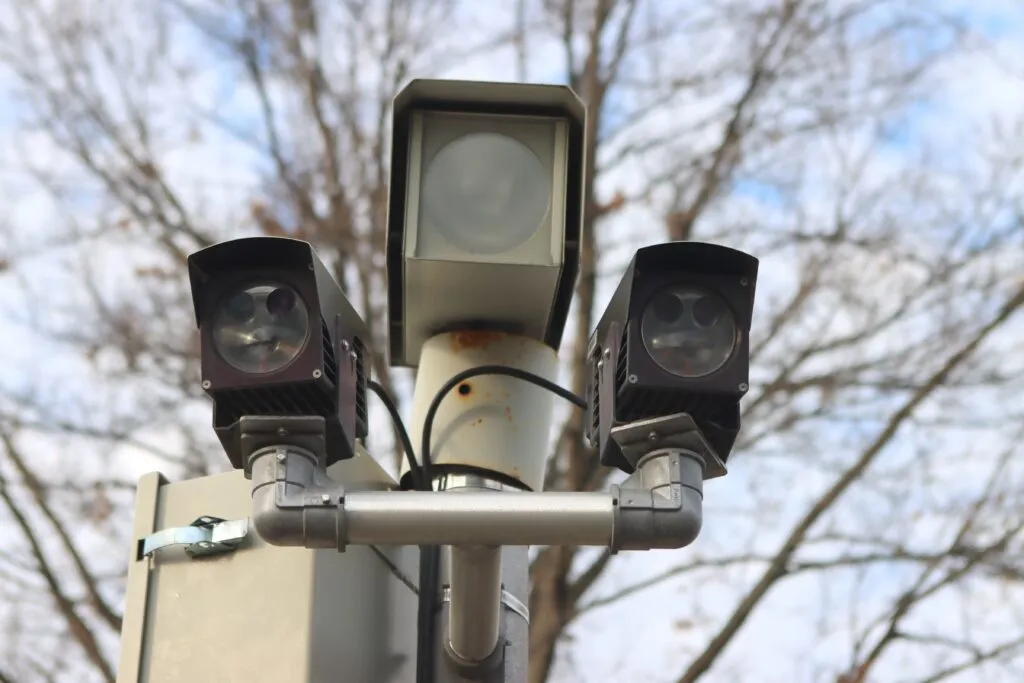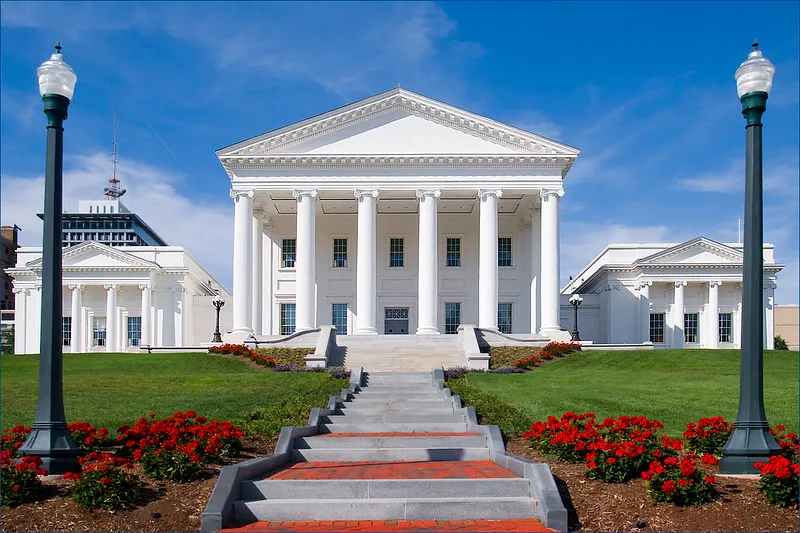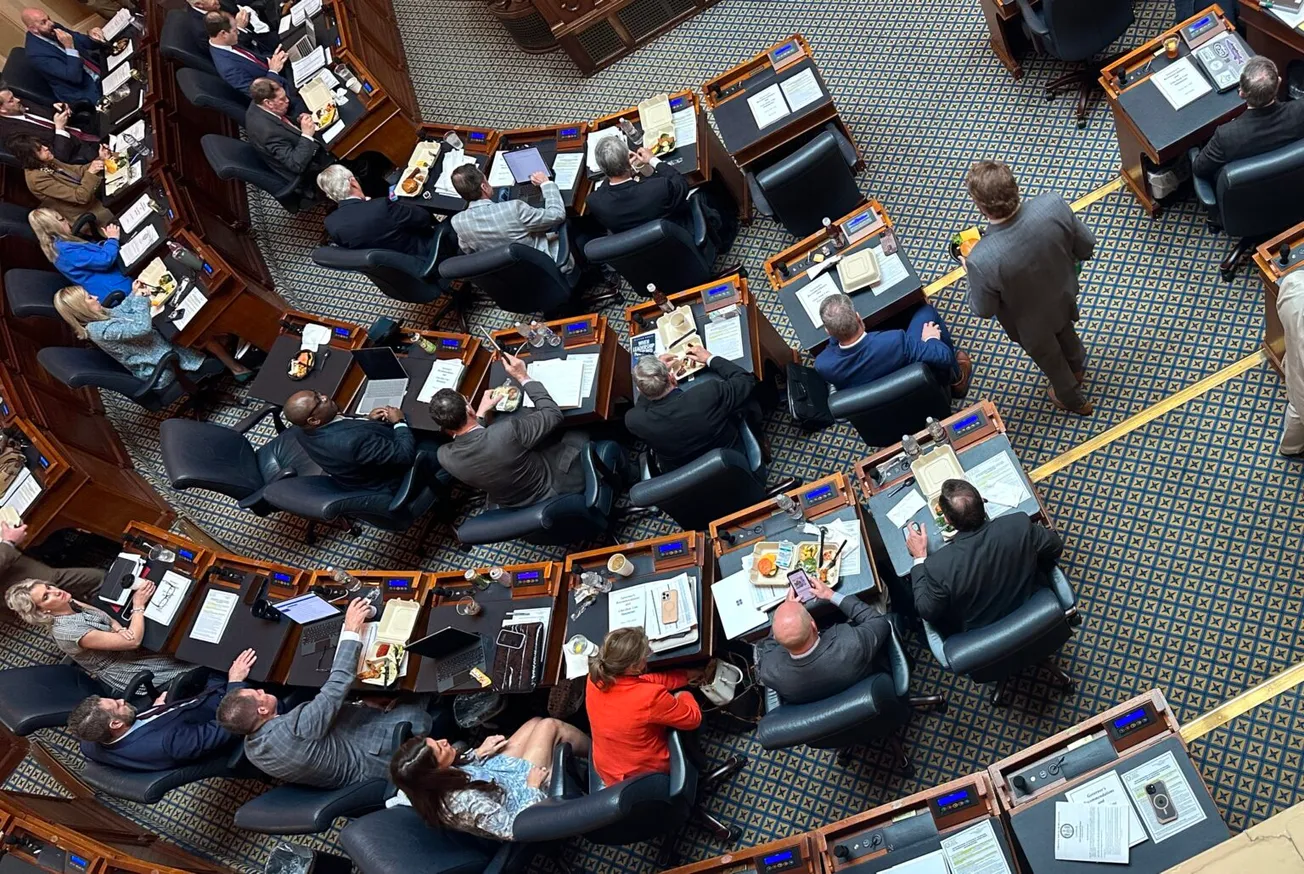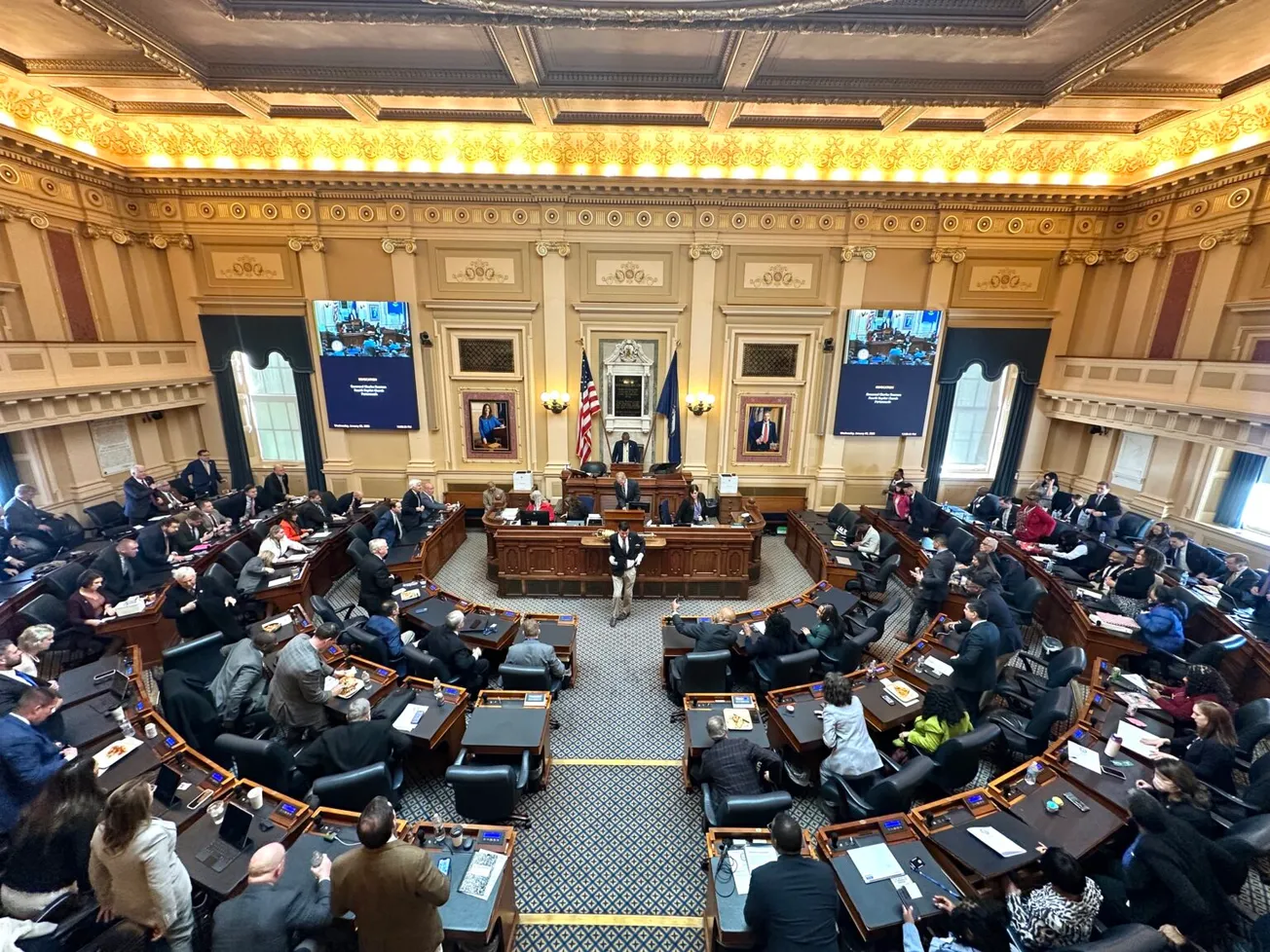General Assembly 2025 — General Assembly — Government — Virginia Government — Transportation — speed cameras
Virginia House targets speed camera ‘cash grab’
Bill advances to Senate, aiming to curb profiteering and ensure cameras focus on safety, not revenue





